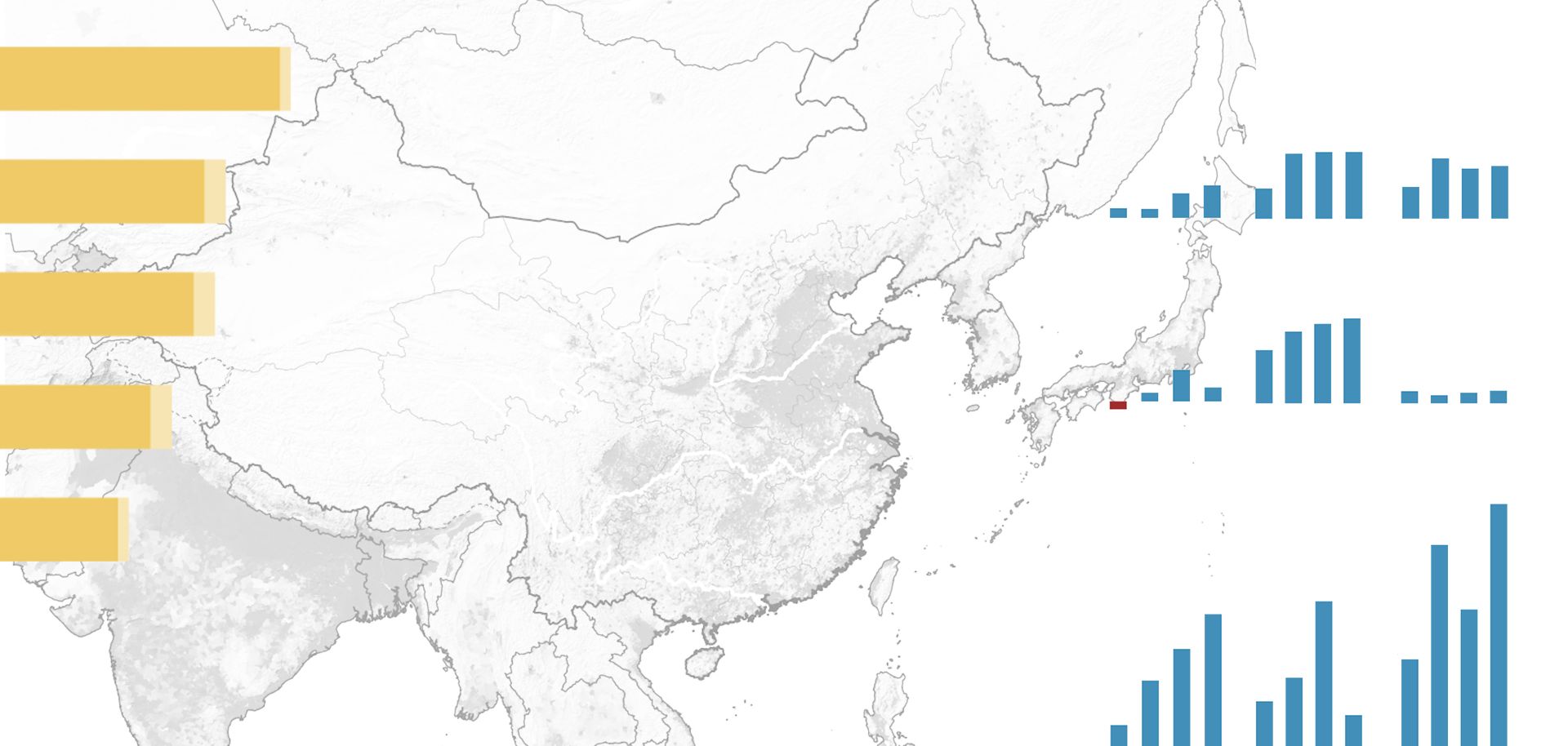
Mexican heroin production has increased dramatically over the last seven years, rising from an estimated 8 metric tons in 2005 to 50 metric tons in 2009. In addition, Mexico's total area of poppy cultivation increased seven-fold from 2002 to 2009, rising from 2,700 hectares to 19,500 hectares according to the U.S. State Department. Much of this increase has been attributed to the growing prevalence of black tar heroin, a less refined opiate derivative than its better-known cousin, white heroin. Mexico's main opium-growing region is along the Sierra Madre Occidental and Sierra Madre del Sur, stretching from Chihuahua state through Sinaloa, Durango, Nayarit, Jalisco, Michoacan, Guerrero and Oaxaca states. Based on the geographic location of the poppy cultivation areas in Mexico and the trafficking routes that black tar heroin would have to traverse to get to the United States, it appears that the Sinaloa Federation would benefit the most from the black tar heroin trade in Mexico — indeed, many black tar heroin traffickers arrested in the United States have had links to the Sinaloa Federation in Mexico. However, Sinaloa's main rival, Los Zetas, are not cut out of the heroin market completely, as the Interstate Highway 35 corridor leading into South Texas (known Zetas territory) also sees a good deal of heroin trafficking. There is also a pocket of poppy cultivation in southwest Mexico under the control of Cartel Pacifico Sur, which is affiliated with Los Zetas. While the Sinaloa Federation does not have total control over poppy cultivation (and therefore black tar heroin production), the group appears to have an advantage.



